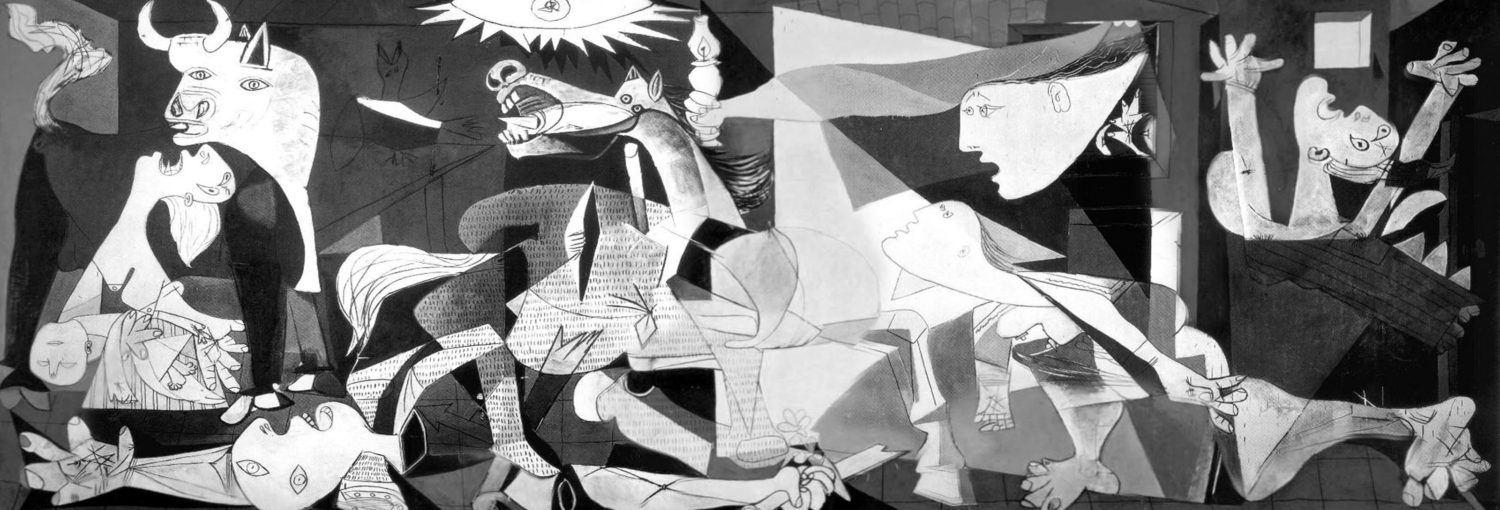
In the mid fifteenth century there were very few media that suspended human disbelief, just visual art and acted plays, so the power of a virtual window into an alternate reality was immense, hence the use of art by the absolutist Catholic Church to educate and condition their followers. And hence the incredible realism of artists such as Jan van Eyck, Rogier van der Weyden, Hugo van der Goes and Hans Memling. Churches and other religious institutions were laden with a wide range of art including altarpieces, tapestries, wood carvings and statues.

Art had far greater importance at this time because very few people could read. Gutenberg only first started using moveable type in 1439, so there was very little for people to read until this technology spread. When printing arrived there was an explosion in knowledge and literacy. The written word then largely supplanted art as a vehicle for Christian theology.

Religious art mostly depicted scenes from the Bible (eg Van Eyck’s Annunciation, Washington) and from the lives of the saints in the Golden Legend of Jacobus de Voragine (eg Van Eyck Saint Jerome in his Study, Detroit). These images educated worshippers into the huge complexity of Christian stories. But also they carried powerful religious messages. For instance the Resurrection (eg Dirk Bouts, Pasadena) was proof of life after death, Doubting Thomas (eg Martin Shongauer, Altar of Omgeving) proved that faith had to be absolute and the Three Kings (eg Rogier van der Weyden, Saint Columba Altarpiece) proved that Christianity was more important than any secular power.

There was a huge growth in the production of Marian art at this time largely because Mary was increasingly seen as interceding on behalf of the individual person. When Chancellor Rolin and Georges van der Paele each had themselves painted by Jan van Eyck worshipping in the presence of Mary it represented what everybody expected for themselves.

The widespread use of the triptych showed the need to often portray multiple facets of one story. That the single image sometimes lacked the power to get a complete message across. More elaborate works, such as the van Eyck brothers’ Ghent Altarpiece, allowed even more complexity of message.
There is no doubt that some art was seen as being more than just inanimate objects. That it was, at the very least, sacred. At this time large numbers of people paid penance by making pilgrimages to sites all around Europe where miracles were purported to have happened or where religious relics were kept (in reliquaries which themselves were works of art). So there was a whole culture of expectation of objects having divine power. Further proof of the perceived properties of this art can be seen by the widespread iconoclasm of the Beeldenstorm in the early 16th century. The actions of the Protestants reflected their deep cultural understanding of the position of art in Catholic liturgy.
